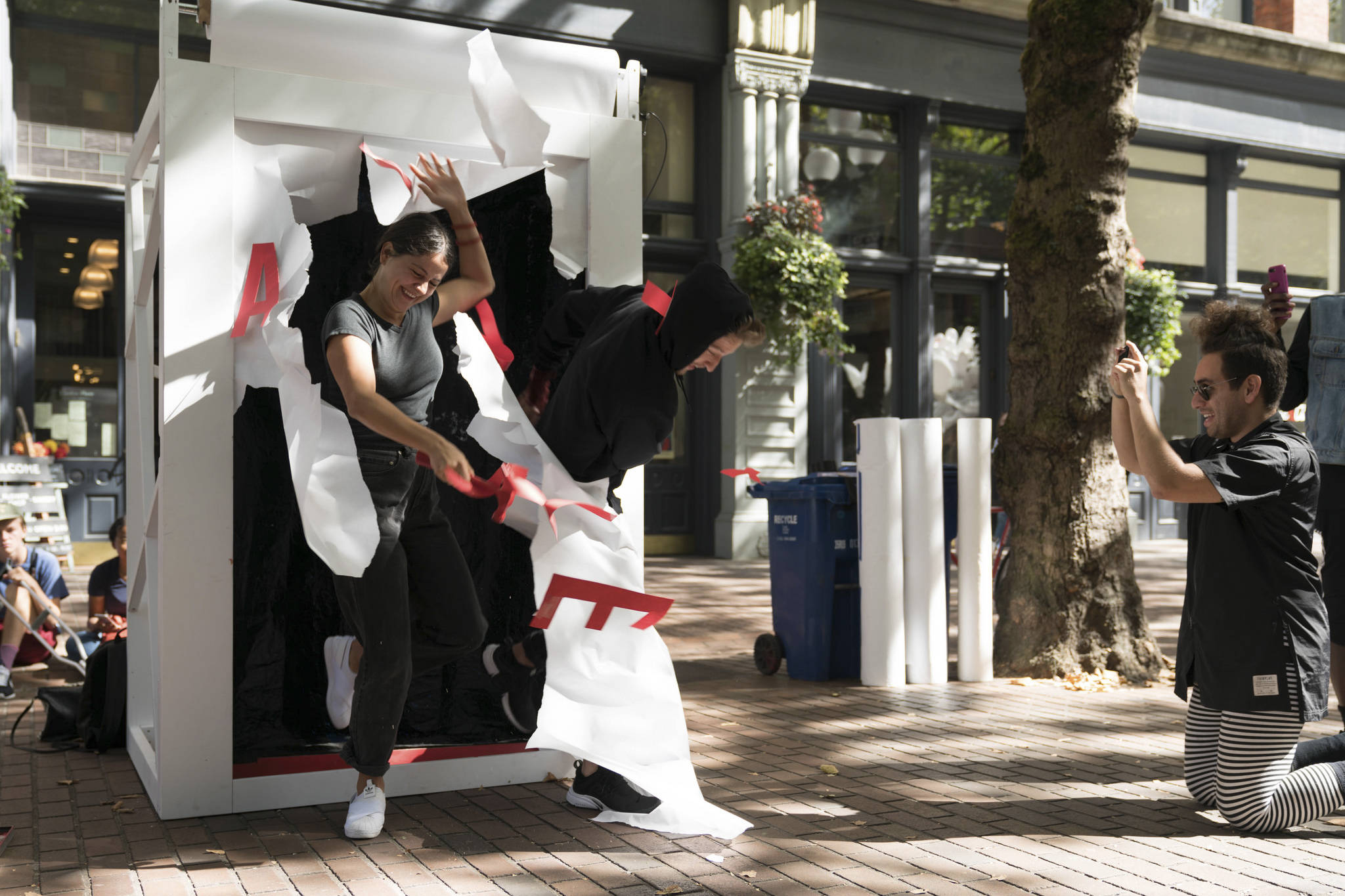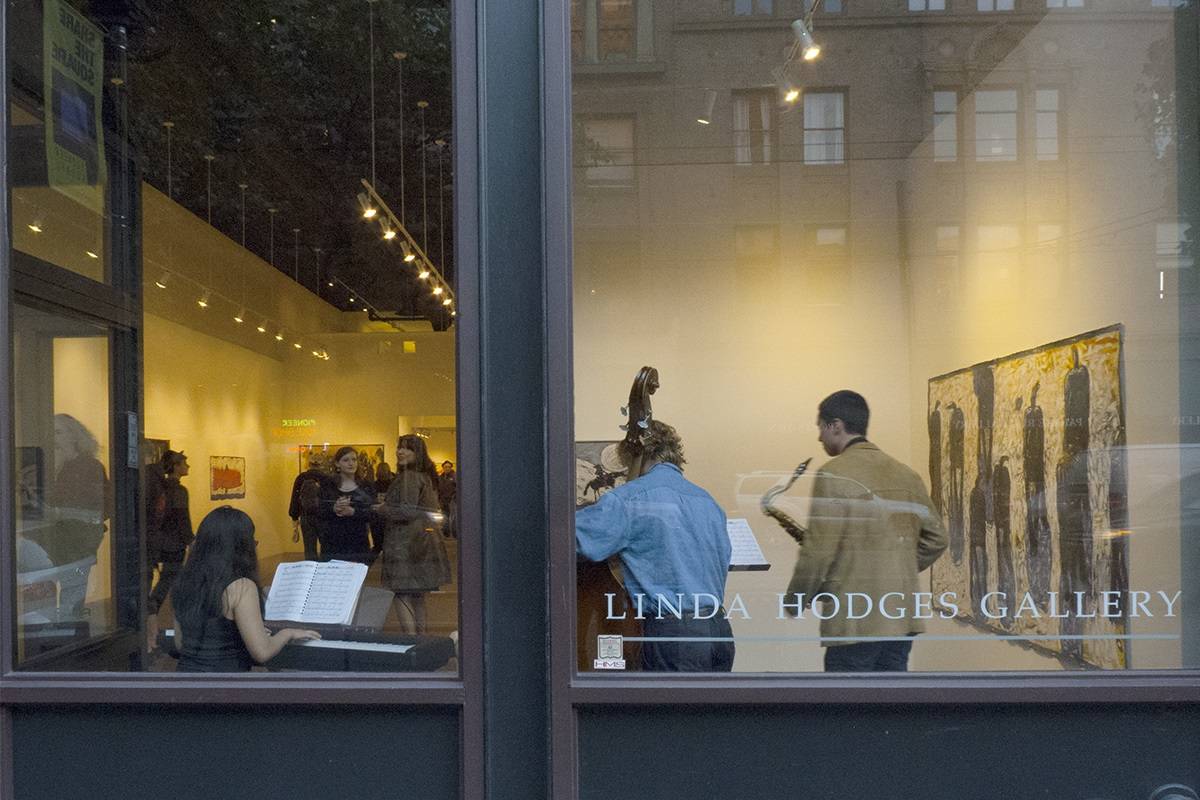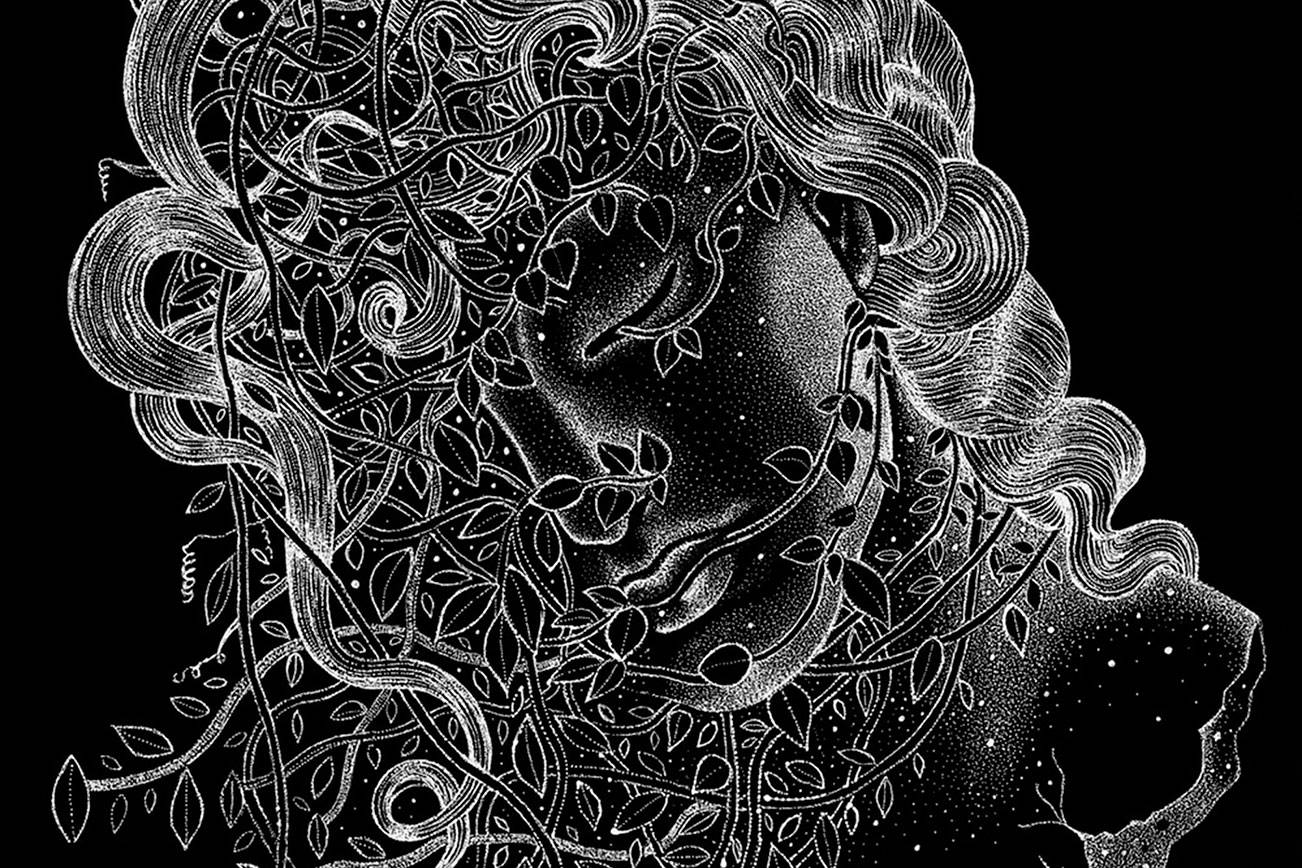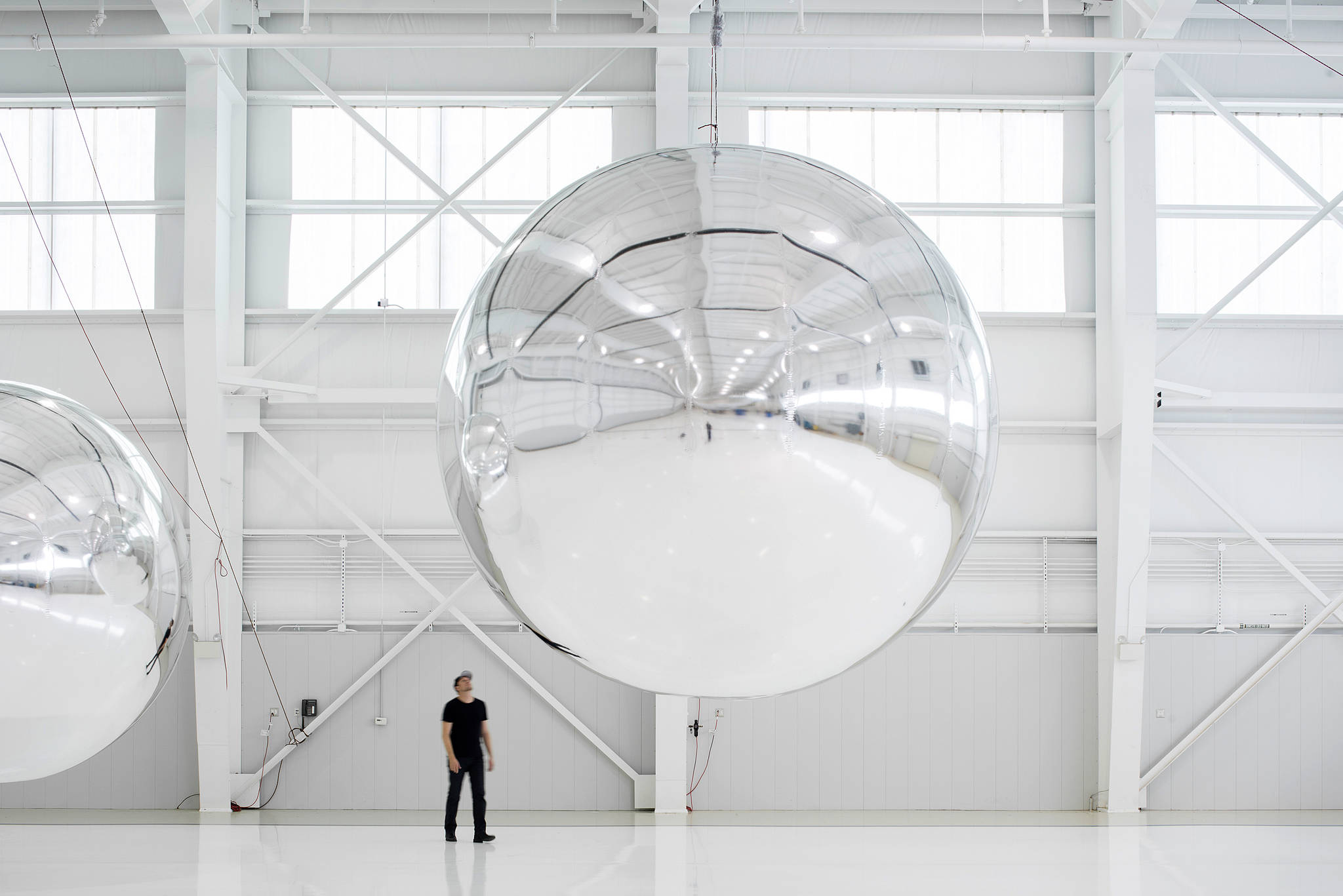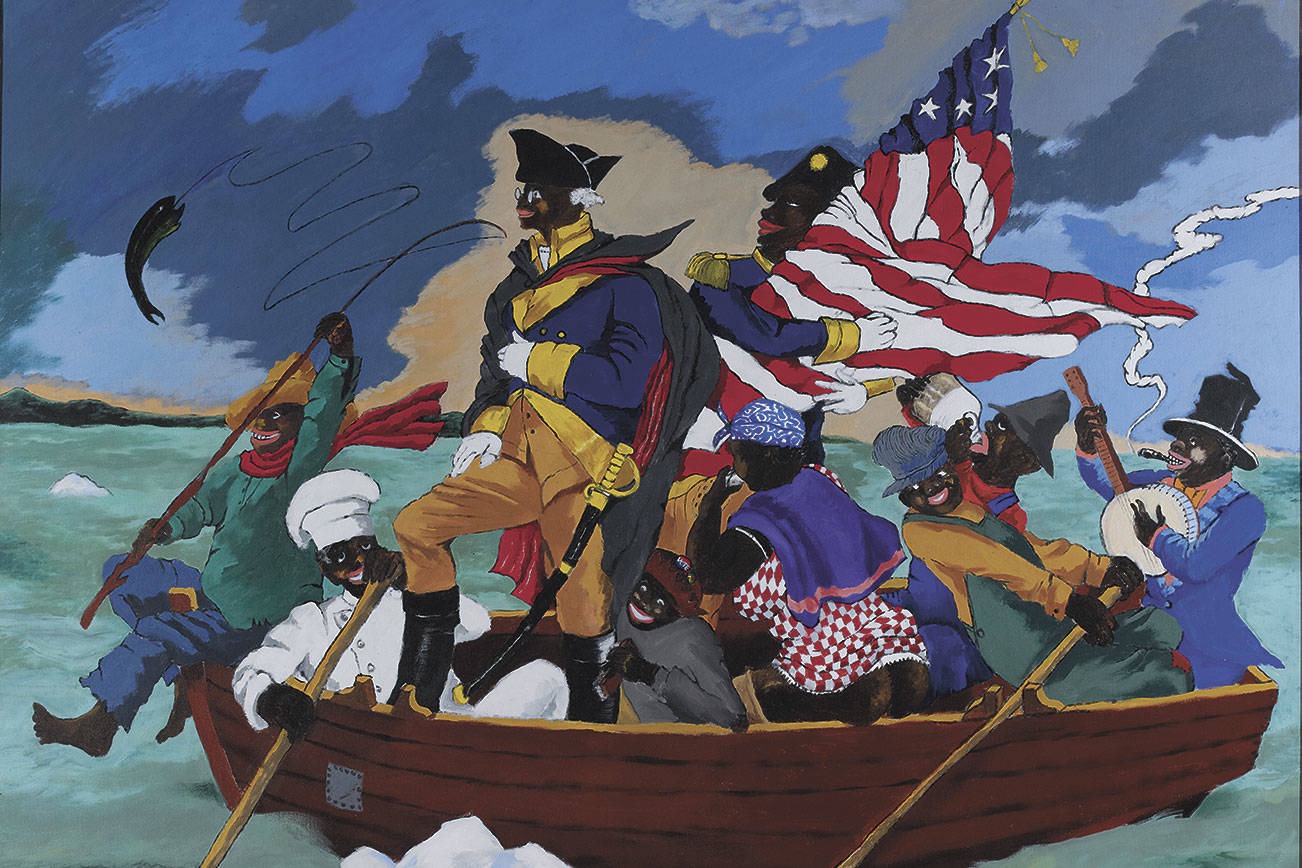Produced by Design in Public, the Seattle Design Festival aspires to reveal and explain the reach of design in our lives through two weeks of installations and lectures curated around a theme. The theme initially chosen for 2017 was Chance, but after the the presidential election, it was changed to one that the DIP board felt needed more urgent attention: Power.
Western consciousness around design has changed significantly in the past two centuries, but power was always implicit in it. Following the Enlightenment and the tenuous splitting of arts and sciences into parallel threads, design was the link between the two. During the Industrial Revolution, as the built environment quickly expanded vertically and horizontally, design became more fully its own discipline—not just a pleasing synthesis of aesthetics and technology, but a way to shape a new world. If that new world wasn’t a utopia, then it would at least be more conscious of how aesthetics dictated feelings, therefore values, therefore a society.
Today, design blogs and publications are myriad, but the focus is on surface aesthetics and allusions, lifestyle and personal brand. The new world to be shaped is increasingly virtual, and in it the role of design is to make the transition from “citizen” to “user” as seamless as possible. Design in the non-virtual world is increasingly allusive and uses its materials to reify or reject this virtual world without ever truly disrupting its expansion. (Think of Kindle carriers made from hollowed-out old books.) Design is no less powerful and pervasive than before; it has simply stopped calling attention to the power it has.
Past themes of the Seattle Design Festival can be read as specific aspects and applications of power: Design Change, Design for Equity, Design in Health. Taking “power” as the theme in its more general sense is not just an invitation to think in terms of policy, but potentially to remember that design as we know it today arose explicitly as a sociological instrument. Design and power don’t really intersect; they exist in a loop, where one begets the other. Because design is the more tangible concept, it becomes an excellent means to discuss the more abstract notion of power: its ethics, how it is legitimized, who wields it now to what ends. One doesn’t need to start citing Foucault when so much of our built environment provides hints.
That’s why it’s always a smart choice for the Design Festival to begin with a block party, as it did last weekend in Occidental Park, featuring dozens of interactive installations by independent designers and larger firms. It’s an amuse-bouche of accessible activities to warm audiences to the lectures, panels, and exhibitions happening in the coming weeks through September 22.
Several participating firms at the block party asked attendees to co-create patterns or pictures, such as Plushcadia by Seattle Design Nerds, where guests attached Velcro pixels to a soft, inflated surface. Others focused on the aesthetics of self-empowerment. In the most on-the-nose example, designer Madeline Jo set up an installation called Breakthrough, which put visitors in a small chamber with a paper wall that they could physically bash through. Other firms used the party to display ongoing projects addressing specific needs, such as housing and energy conservation. Still others used design principles to introduce viewers to questions about political power, based on gender, class, sexual orientation, etc.
The majority were rather superficial exercises in popular notions of empowerment (collective or individual), but they might entice audiences to check out the programs to come, which are intended for general audiences, not just design professionals. The installations that best fulfill the mission of the Seattle Design Festival got people thinking in advance.
Some headier events of note: a two-part panel discussion, one on the ethics of AI and the other on inclusive design, at the Seattle Central Library on Sept. 15; lectures on the history and future of design at the Capitol Hill Branch Library on Sept. 17 and 18; a panel presentation on the collaborative transformation of public spaces at the Center for Architecture & Design on Sept. 20.
There are many other lively events, too. The 16th annual Letterpress Wayzgoose presented by the School of Visual Concepts on Sept. 16 is an all-ages, all-day celebration of artisan printing; and of course there is the closing party itself on Sept. 22. The point of the festival is to acquaint people of many backgrounds and disciplines with a variety of design practices, and by centering power in the discussions this year, the festival is perhaps broader than ever—and more timely.
Seattle Design Festival, various locations, designinpublic.com. Free. All ages. Ends Fri., Sept. 22.
